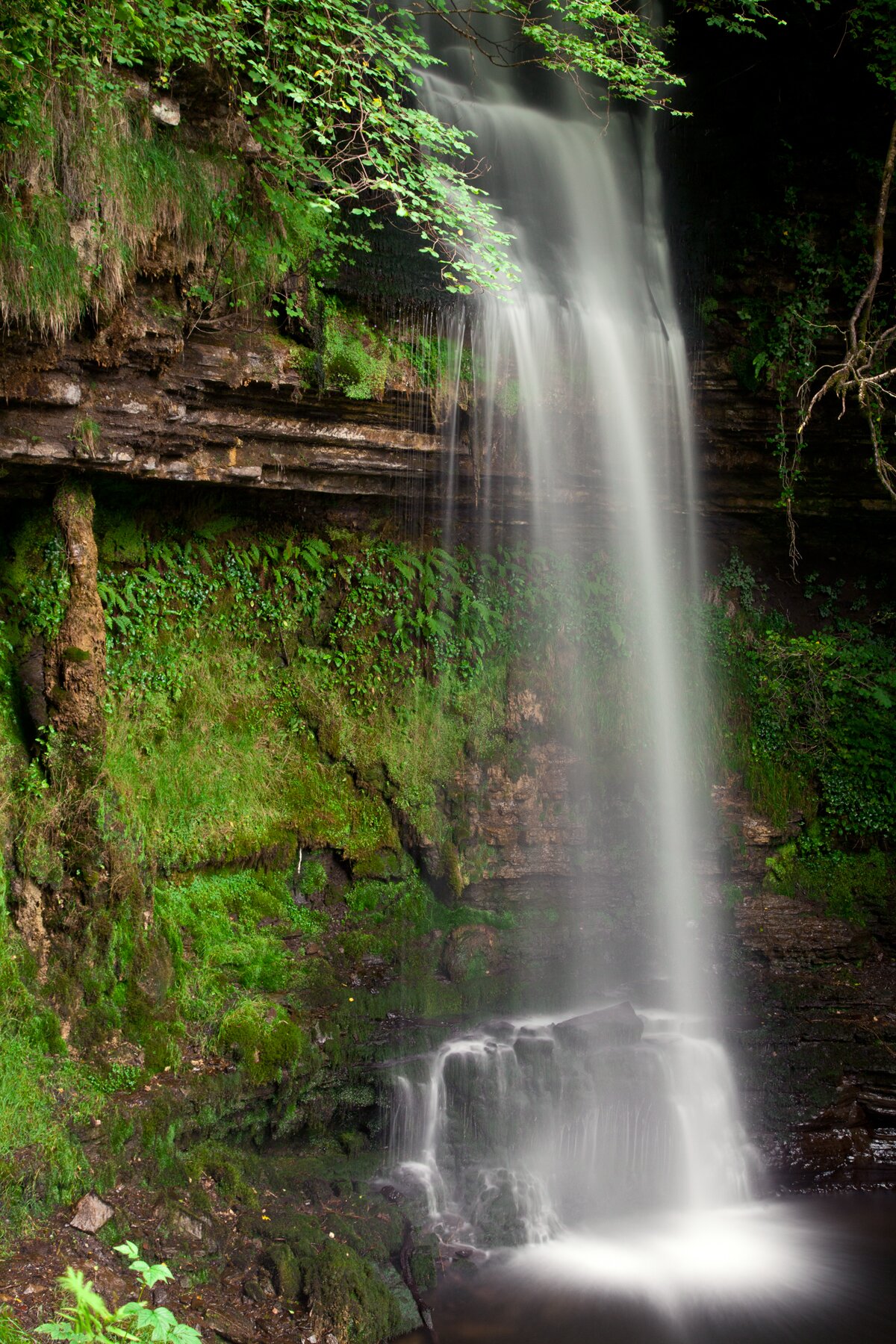Statistics show that the chief concern for toilet paper is softness. The answer to that, the most hygienic and most luxurious, is the bidet! We recycle many paper items today to reduce waste, but North Americans miss a major culprit that’s destroying vast acres of natural virgin forest when they choose…toilet paper. As the consumer, we simply didn’t know.
When you’ve finished changing your baby or after your own bathroom use, do you wipe you hands on tissue or wash your hands? By the same reasoning, perhaps it’s time North Americans examined their use toilet paper instead of washing with water after using the toilet ….. like they do in many countries where the bidet stayed in favour for cleansing after toilet use. We owe the French praise for this unparalleled cleansing practise, with earliest written reference dating to the early 1700′s!
Common in all Muslim countries, a bidet is also part of the culture in South Korea, parts of China, Japan, Bangladesh, Europe, and some South American countries like Argentina, Paraguay and Uruguay where it’s a standard home feature. Some countries, like the United Arab Emirates, have a hand-sprayer unit attached to every toilet, even in retail stores. Putting a water pressure attachable model onto your existing toilet is a minimal cost. In the 1980′s, Japan and Korea introduced the electronic bidet with spray-hose attachments that connect to existing toilets. Now they even have warm air as a drying feature.
A Canadian documentary that aired in 2012 reported on the subject of toilet paper, describing vast quantities used by each Canadian every year. As shocking as it was to hear about the clearing of wide swatches of ancient virgin forests for such a use, the ‘green eco’ label carried by some of the manufacturers was equally disappointing in both the harvesting methods and especially the replanting efforts.
They explained that the eco-labels that allow us to feel better as the consumer may be doing no more than letting us feel environmentally responsible. The company may re-plant trees on land it has cleared but there is no guideline on what they are planting. No guideline and no one to verify the results.
The original varied forestland of hardwood and softwood mix is not being replaced. The replacement trees are usually softwood because it grows faster than hardwood. Instead of nature’s variety, the forest is replaced with one tree species while diversity is lost for both woodland and the wildlife that relied on it.
Nor is that the only problem with toilet paper. We forget how often companies-for-profit turn to pesticides to ensure a ‘bumper crop’, tainting the source of the product with toxins and eliminating what they consider nuisance bugs. Is that part of the message from people who cleared irritated rear-ends by merely changing their toilet tissue brand after no recovery with prescription creams?
Many bidet options have become available in the last decade, from hand-held water sprayers (shower bidets) to toilet seats with warmed water and air drying features. Portable bidets are also part of the selection.
So – now we know! With little searching, you will find there are many manufacturers of bidets.
For more information on paper, where conservation really is today and the latest on ‘green’ news, visit:
http://www.conservatree.org



